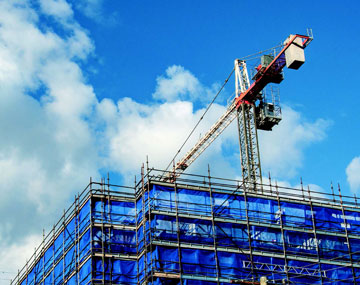Hyper-escalation of construction costs for contractors locked into fixed price contracts is emerging as one of the biggest challenges for Australia’s third largest industry, construction. If not addressed, it could significantly impact on the ongoing sustainability of the industry and in the process fracture Australia’s economy.
Australian Constructors Association CEO Jon Davies said the industry is seeing examples of price rises over a 12-month period of up to 70 per cent and yet clients continue to expect fix prices.
“The industry cannot continue to bear the cost of these steep price increases—some costs will need to be passed on to halt the growing trend of insolvencies,” said Mr Davies.
“This is a shared problem—government, contractors and the supply chain are in the immediate firing line, but company failures impact the wider economy.
“Construction underpins the economy—contributing to 8 per cent of GDP–and yet it accounts for more insolvencies than any other sector.”
The Australian Constructors Association is calling on governments to compensate contractors for projects suffering from major price increases regardless of whether the contract terms provide for such relief.
“Major projects are often entered into years before they are completed and no one could have foreseen the current environment and priced for it,” said Mr Davies. “Going forward contracts should contain transparent mechanisms to ensure future fluctuations are dealt with fairly. This also means contractors should not make windfall gains if price falls.
“Projects should not be delayed or deferred as this can have unintended consequences that are worse than the problem trying to be solved. Asset owners can keep to budget by using pre agreed positive/negative variations to adjust the scope to account for material price fluctuations or other risks for that matter.
“The industry needs to become more financially sustainable to properly focus on important issues such as improving productivity, sustainability and innovation.”






